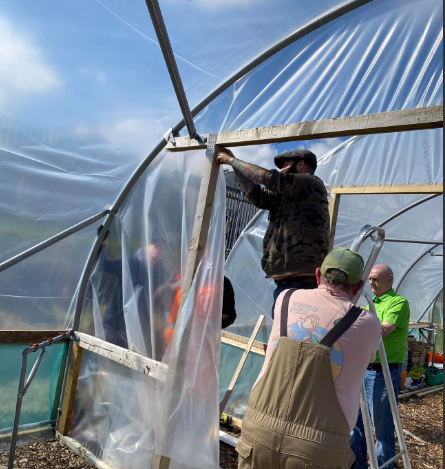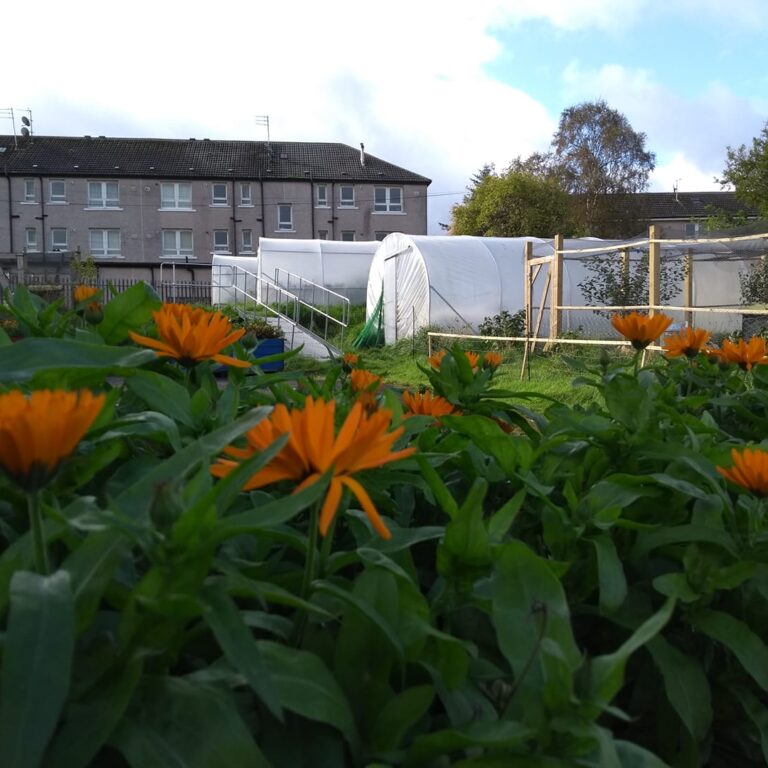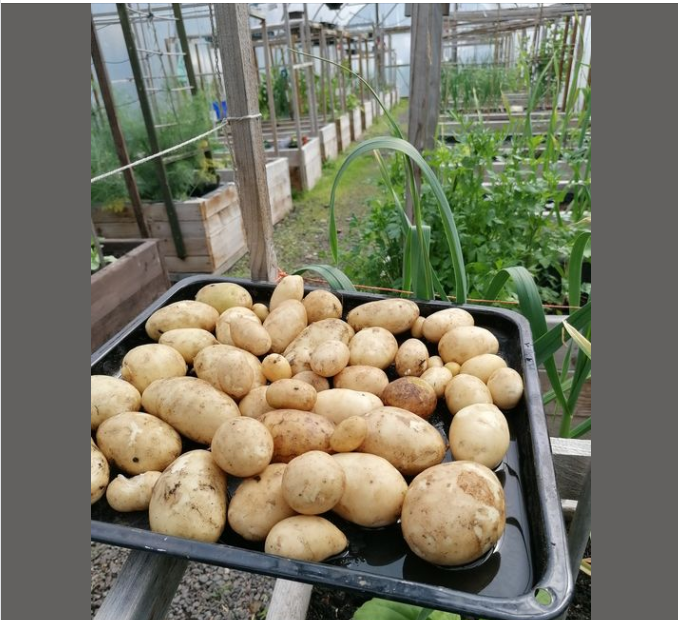Tunnel Tales
Our landscapes increasingly include wind turbines and solar panels as signifiers of a greener future and more local energy resilience. How can we signify and build a more visible, local, and resilient food future where we grow more of what we eat and eat more of what we grow close to where we live?
Community-managed tunnels * offer multiple opportunities to take relative advantage of our natural water supply, and long summer daylight hours to grow some crops we are currently hooked on importing at a substantial environmental cost.
Tunnel growing is not the only answer towards increased food resilience and more local models of self-sufficiency, yet it is a great, visible and engaging start. When we recognise and take more seriously the role community-led initiatives can and do play in growing a more resilient local food system, community tunnel growing plays an essential part in positive change.
Growing under cover can move many informal growing groups into a different space – from ‘gardening’ to ‘horticulture,’ growing pretty much year-round. We learn so much by participating; we begin to see we can be more climate resilient, including how to manage our water where and when we want it and how we can maximise our extended daylight growing hours. Tunnels can become a focus for collective endeavour, cultural exchange, or simply somewhere to keep active, dry, and connected to each other and nature through the seasons. Whatever the focus, we urgently need more of it to grow our preparedness for an uncertain future and show how we can all play our part in an improved and more secure food system. Tunnel growing at a local level is a great place to start.
Tunnel Tales brings stories from across Scotland to demonstrate what is possible and how communities benefit when people take collective action to grow together in this way. We want to inspire and inform you of what is happening, possible and required regarding land access, planning, and cost. In some settings, it doesn’t seem possible to grow in a tunnel due to start-up costs, exposure to potential vandalism, or planning barriers; however, if you want to explore the potential of how a communal tunnel might be a viable opportunity in your community keep reading, contact us at help@ and let’s work on your tunnel tale.
*This could be any form of protected growing tunnel, polytunnel, polycrub, or keder house.
Community Learning Exchange
Want to see and learn from other groups growing in tunnels?
- Polytunnel, polycrub or other?
- Unsure about the size?
- What about water?
- How to maximise your growing space?
- Accelerate your growing output but unsure how?
- Managing potential pests and diseases?
Folk growing up and down the country have experience and knowledge to share. Why not visit them? The CLE can help you with all this by seeing and learning directly on what does, and doesn’t always work. Contact us for more information.

Kyle Feeds, growing under cover in Sutherland
SIGNUP In a remote part of the Highlands, the Kyle of Sutherland Development Trust (KoSDT) is tackling food insecurity and growing resilience and local connections
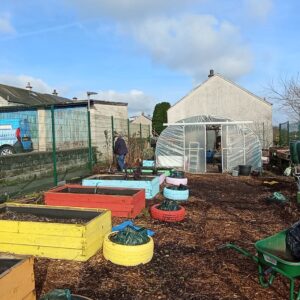
Kyle Tunnel Tale
SIGNUP A group of residents from Cumbernauld have been growing on YMCA land just off Kyle Road. This small fenced-off area of land in a
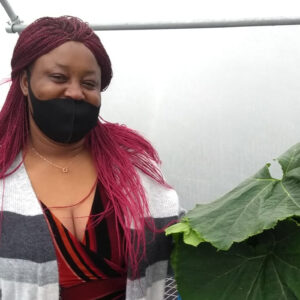
Blackhill’s Growing Tunnel Tale
SIGNUP “Tunnel growing is a perfect way to expand the growing season, which extends our engagement for most of the year rather than half of
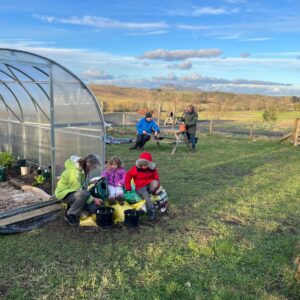
Leaf Green Tunnel Tale
SIGNUP “We really enjoy going up to go up to the growing area; a year ago, we were putting cardboard down on the field to
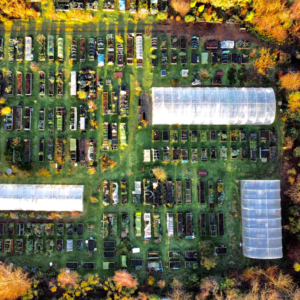
Fairlie Tunnel Tale
Nancy Maqueen from Fairlie Organic Growers makes the case for tunnel growing. Organic Growers of Fairlie (Ayrshire) started growing outdoor veg in raised beds on

